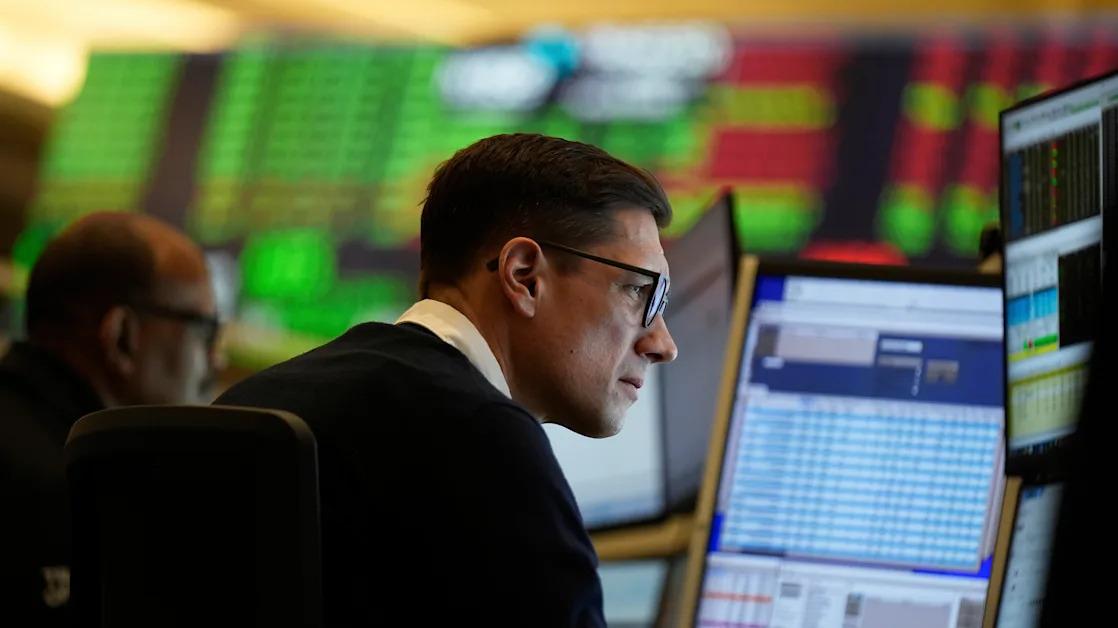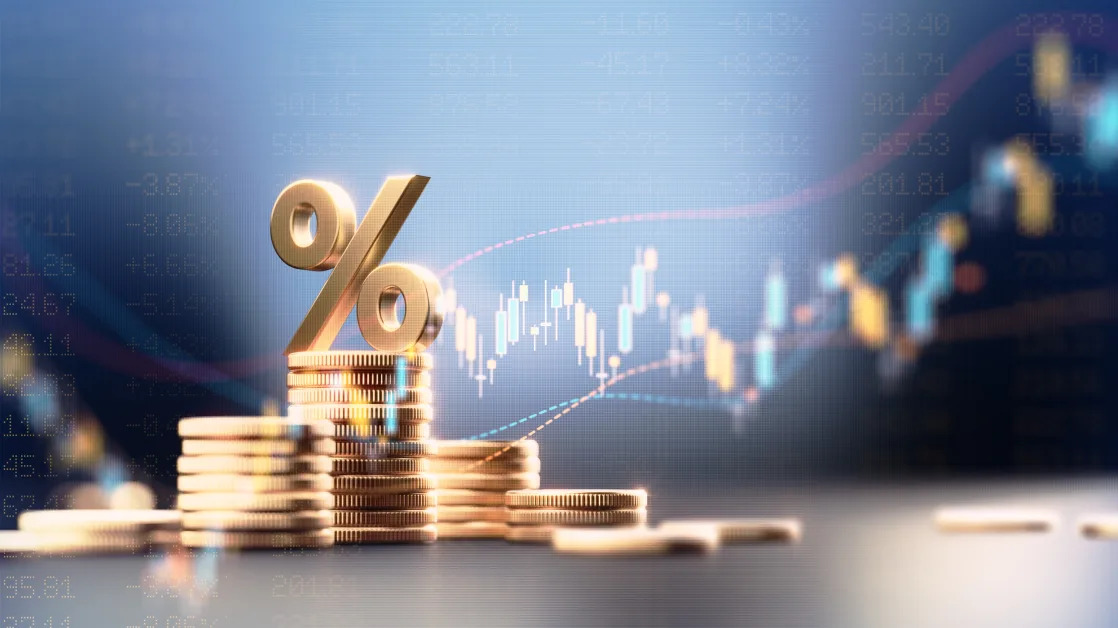Jerome Powell’s battle with inflation has entered its next phase —and the Fed’s not coming out on top.
The consumer price index released this week will have made for “very uncomfortable” reading for the Federal Open Market Committee (FOMC), one analyst wrote, after inflation for January came in at an increase of 0.5%— a nine-month high .
The boost predominantly came from fuel oil—heating oil—which leaped 6.2% last month.
But—as anyone who’s ventured into the grocery store in the past fortnight will know —the price of eggs is also soaring higher and higher by the day. Per the St. Louis Fed, which tracks the price of a dozen large eggs, prices are at an all-time high of $4.95.
“[Wednesday’s] inflation report will make for very uncomfortable reading for the Fed,” noted Seema Shah, chief global strategist at Principal Asset Management, which has $540 billion in assets under management. “The biggest monthly headline inflation increase since August 2023 will not be received well by policymakers or markets alike.
“Seasonality and one-off factors may have played some role in the upside surprise, but … is almost too convincing to dismiss,” Shah added in the note seen by Fortune . “If this persists into the next few months, inflation risks may become too heavily weighted to the upside to permit the Fed to cut rates at all this year.”
U.S. bonds shifted uneasily on the inflation news, but one analyst blamed Fed Chair Jerome Powell—not economic conditions.
UBS chief economist Paul Donovan said in a note seen by Fortune this morning: “This is mainly the fault of Federal Reserve Chair Powell—not because Powell’s policies drove inflation higher, but because Powell’s ‘data dependency’ mantra means markets overreact to any data point.
“Egg prices are not controllable (not even by presidential executive order), but the fact that food price inflation is creeping up may have implications for other policies that are hurting U.S. farmers.”
Producer price data—due to be released today—also may show companies anticipating potentially inflationary tariffs, Donovan added.
Delay to cuts
Following the FOMC’s January meeting , Powell said he was well aware the group’s effective fund rate of between 4.25% and 4.5% was restrictive, though “meaningfully” less so than when hikes began and were held to wrestle inflation under control.
With data in 2024 seemingly heading toward the 2% target, markets had expected a normalization of this rate to sustain economic activity.
This week’s data will likely have analysts putting a large red cross through any diary dates in the first half of 2025.
Last week, Macquarie updated its baseline view to show no change in the Fed funds rate in 2025, when previously, it had suggested a 25 basis-point cut in either March or May.
Likewise, Bank of America’s analysts wrote in a note yesterday “that the cutting cycle is over.”
“Markets are now pricing only about 25bp of cuts this year,” the analysts wrote. “Hikes remain unlikely, but they seem less inconceivable now. We still think the threshold for hikes is 3% core PCE [personal consumption expenditures] inflation and unanchored long-term inflation expectations.”
Members of the FOMC are also cooling on the idea of cutting sooner rather than later.
Atlanta Fed chief Raphael Bostic tends to favor hawkish arguments.
Per Bloomberg , he said in a Q&A yesterday: “My view is until we have more clarity, it’s going to be impossible to make a judgment about where our policy should go and how fast and at what pace, and so we’re just going to have to get more information before we’re going to be able to move.”
But Chicago Fed president Austan Goolsbee— who tends to come down on the more dovish end —appeared to agree tentatively.
The January inflation data is “sobering,” he added in an interview with the New York Times : “There’s no question, if we got multiple months like this, then the job is clearly not done.”
Cuts, he continued, would require “confidence that we are on path to 2% inflation.”




